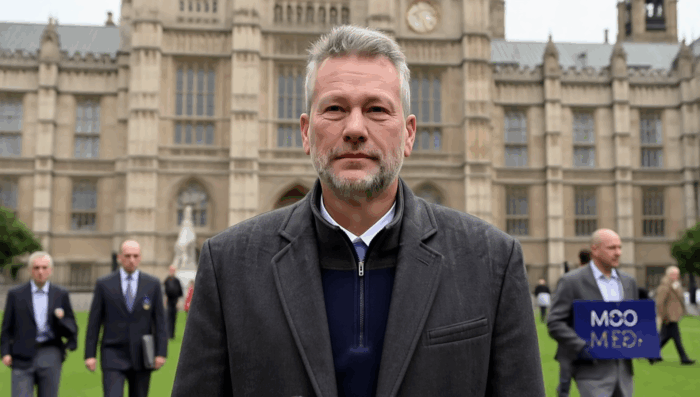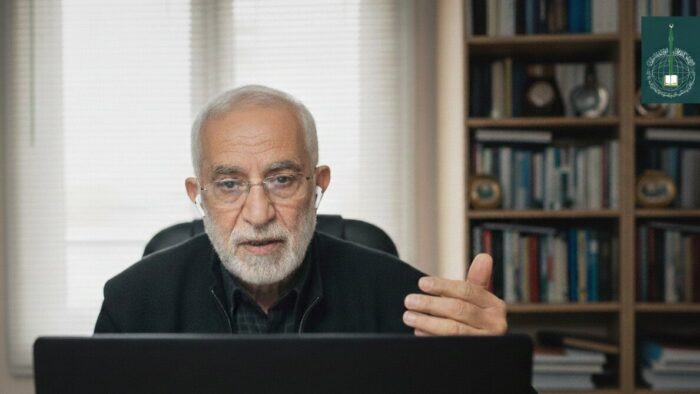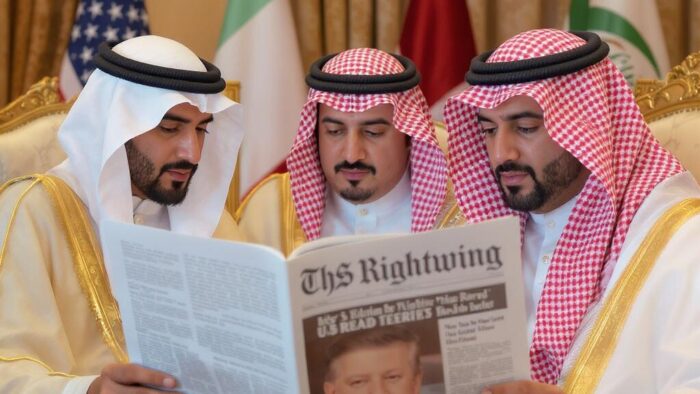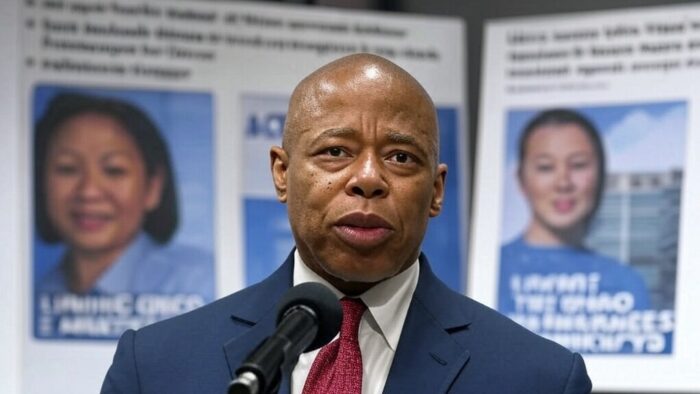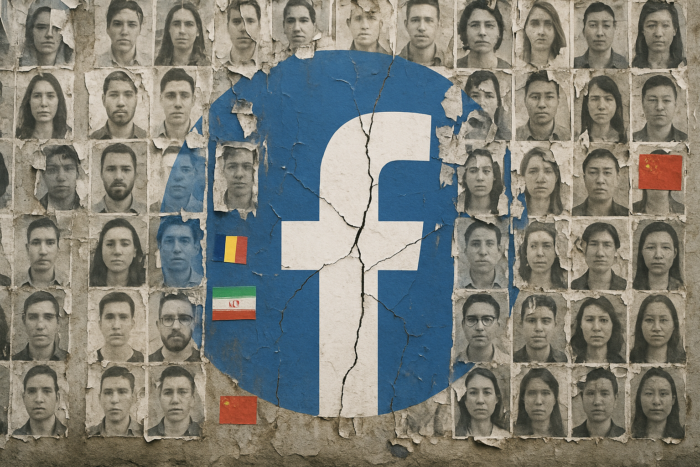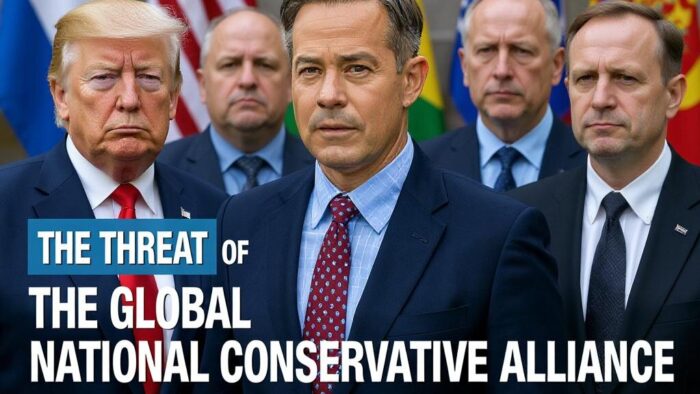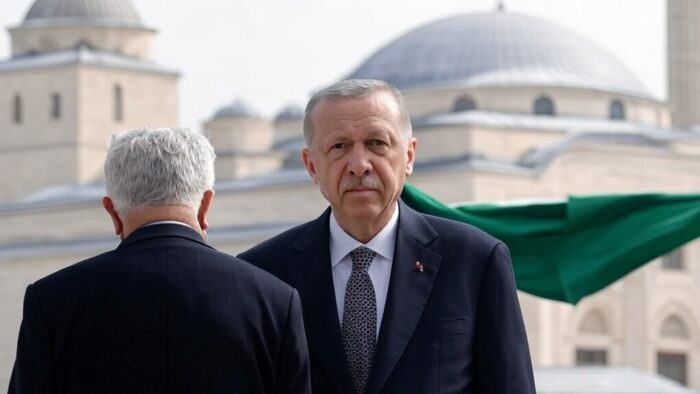Turkish influence operations in Bangladesh have intensified through the strategic deployment of NGOs and political networks promoting territorial expansion under the guise of Islamic solidarity and humanitarian aid. On 3 July 2025, The Cradle reported that Turkish-backed organization “Saltanat-e-Bangla” has been disseminating a provocative “Greater Bangladesh” map claiming parts of Myanmar and significant Indian territories, revealing Ankara’s systematic attempt to establish a strategic counterweight to Indian hegemony in South Asia. The article begins:
Bangladesh has become a forward operating theater for Turkiye’s Eurasian ambitions. Geographically wedged between India and Myanmar, the Muslim-majority country offers fertile ground for Turkish influence. The 2024 rise of Muhammad Yunus’s government – a pro-Islamist administration sympathetic to Ankara – has paved the way for Turkish actors to operate not only as development partners but as cultural and political forces embedded within state and society. One such vehicle is “Saltanat-e-Bangla,” a Turkish-backed NGO based in Dhaka that publicly identifies with the ruling Justice and Development Party (AKP). This organization has gone well beyond charitable work, disseminating a provocative “Greater Bangladesh” map that claims parts of Myanmar’s Rakhine State, as well as Indian territories including Bihar, Odisha, Jharkhand, and India’s northeast region.
Read more: https://thecradle.co/articles/how-turkiyes-eastward-ambitions-serve-the-atlanticist-order
Key Points
- Turkish-backed NGO “Saltanat-e-Bangla” promotes Greater Bangladesh map claiming Myanmar’s Rakhine State and Indian territories, including Bihar, Odisha, and Jharkhand
- The 2024 rise of Muhammad Yunus’s pro-Islamist government in Bangladesh has facilitated Turkish political and cultural penetration of state institutions
- Turkey deploys Muslim Brotherhood-style political Islam and humanitarian operations in Rohingya refugee camps to embed a long-term political presence
- Ankara’s Bangladesh operations serve as a testing ground for exporting Turkish political models while challenging Indian regional hegemony
GIOR Analysis:
The Cradle article offers a geopolitically rich and ideologically sophisticated narrative of Turkey’s expanding influence in South and Central Asia, linking historical memory, religious soft power, and infrastructural strategy into a coherent vision. It successfully weaves together multiple threads—pan-Turanism, Muslim Brotherhood-style Islamism, NATO synergy, and cultural diplomacy—into a single framework that is both provocative and intellectually engaging. However, while the conceptual architecture is compelling, several critical limitations must be acknowledged:
-
Lack of sourcing: Key assertions—such as the supposed circulation of a “Greater Bangladesh” map endorsed by ruling elites, or Turkish–Bengali interest in Tibet—are not supported by cited documents or primary evidence. These are striking claims that require verification to move beyond speculation.
-
Editorial framing: The tone reflects a clear skepticism toward Turkey’s intentions, viewing its humanitarian initiatives and civil society outreach as veiled instruments of ideological projection. While not overtly polemical, this perspective aligns with outlets known for their anti-AKP or anti-NATO editorial lines.
-
Potential overreach: The idea of a coordinated Turkish–Bengali–Pakistani axis spanning from Cyprus to Tibet is analytically stimulating, but likely overstates the coherence of Ankara’s foreign policy apparatus. It risks treating opportunistic alignments as grand strategy.
That said, the piece excels at illuminating underexplored ideological linkages, particularly the historical resonance of the Ottoman Caliphate in South Asia and the modern reactivation of those networks through education, media, and aid. Its discussion of Turkish institutional instruments (TIKA, IHH, TURKSOY, the Organization of Turkic States) is accurate and insightful. In sum, this analysis should be read as a hypothesis-building framework, not a source of verified facts. Its value lies in stimulating further investigation into how Ankara blends Islamist and nationalist ideologies in its regional policy, and how those strategies may collide with the interests of entrenched powers like India, China, and Russia.
Turkey’s Islamist Influence: AKP, Muslim Brotherhood, and Global Operations
Turkey’s ruling AKP party has fostered deep and complex ideological and organizational relationships with Islamist groups, especially the Muslim Brotherhood, to project influence across Europe and the wider Muslim world. Evidence of these extensive transnational networks highlights how AKP-linked actors work closely with pan-European Muslim Brotherhood organizations to shape religious, political, and social discourse. These connections are not only historical but are actively leveraged through joint initiatives, think tanks, and diaspora outreach, as new platforms and partnerships facilitate strategic dialogue and influence operations across Europe.
The AKP’s collaboration with Brotherhood-affiliated organizations is further evidenced by the establishment of such platforms, which help coordinate influence campaigns and embed Turkish influence within European Muslim communities. Religious diplomacy also plays a central role, as Turkish religious authorities deepen cooperation with European Muslim organizations, raising questions about compatibility with local democratic norms. GIOR investigations have consistently documented how these alliances are reinforced by shared ideological goals, financial networks, and coordinated public messaging, with the AKP’s support for Brotherhood-affiliated groups in Europe sparking concerns about the export of political Islam and its impact on integration policies.
External References:
Disclaimer
The Global Influence Operations Report (GIOR) employs AI throughout the posting process, including generating summaries of news items, the introduction, key points, and often the “context” section. We recommend verifying all information before use. Additionally, images are AI-generated and intended solely for illustrative purposes. While they represent the events or individuals discussed, they should not be interpreted as real-world photography.

